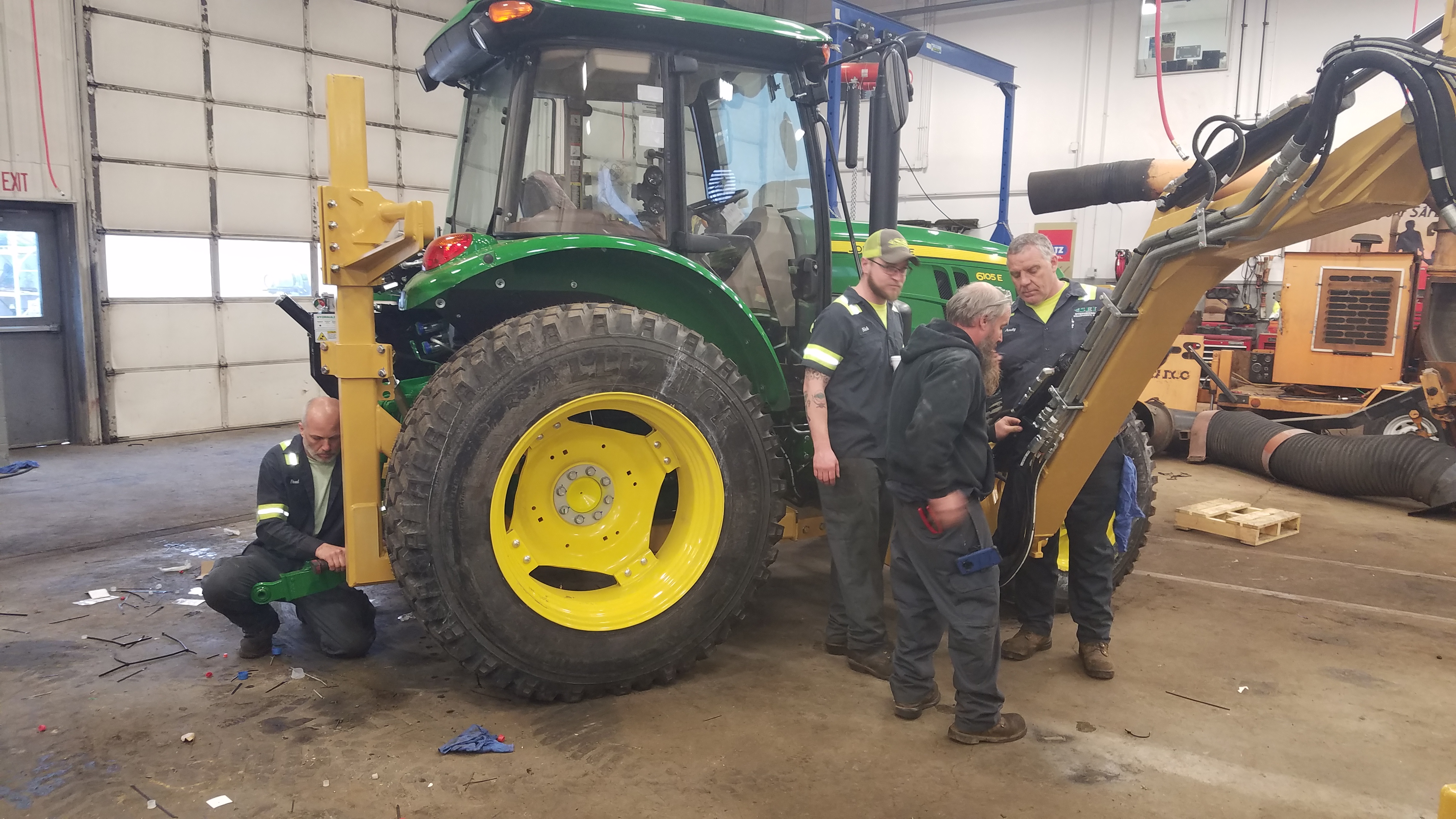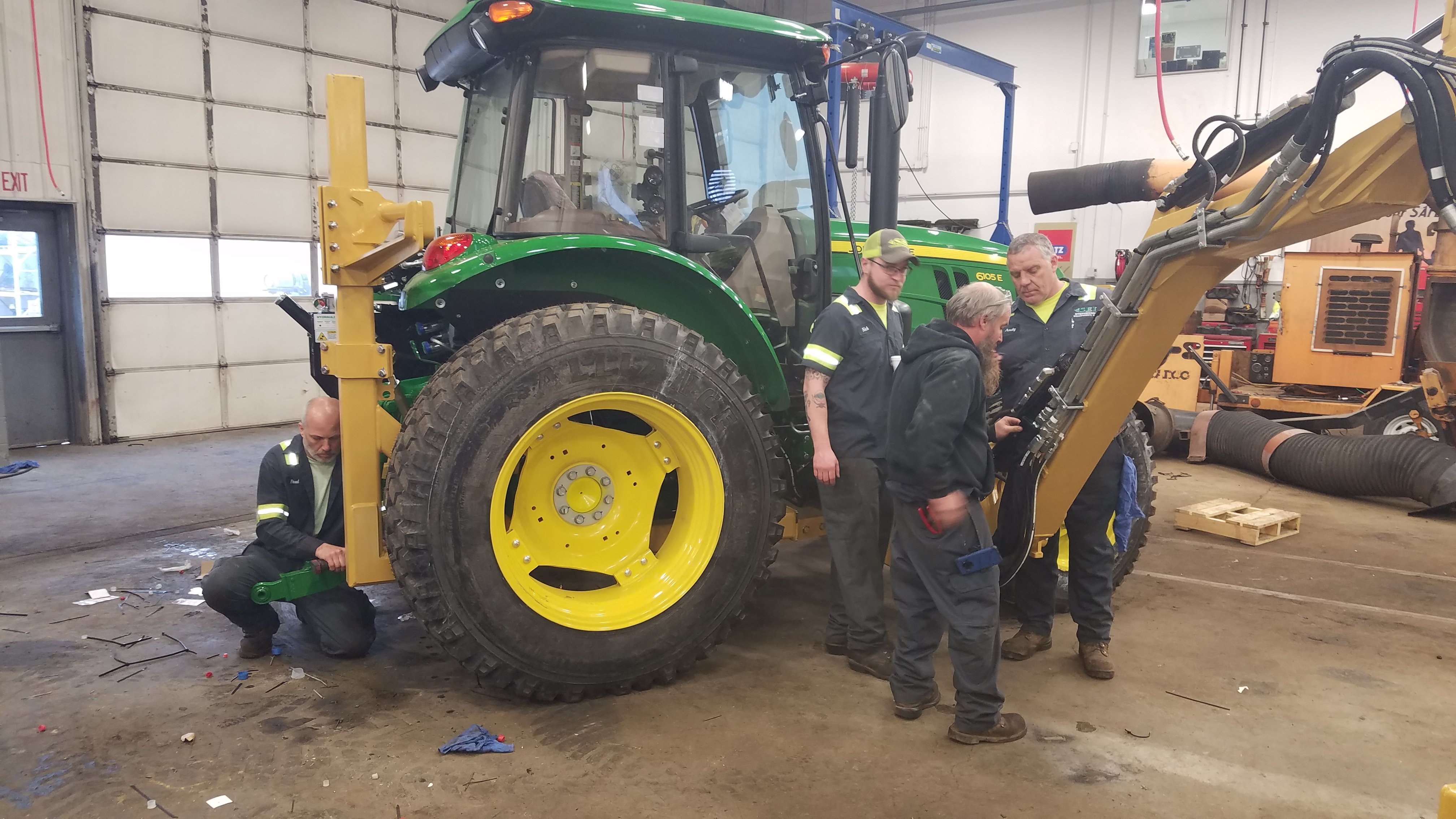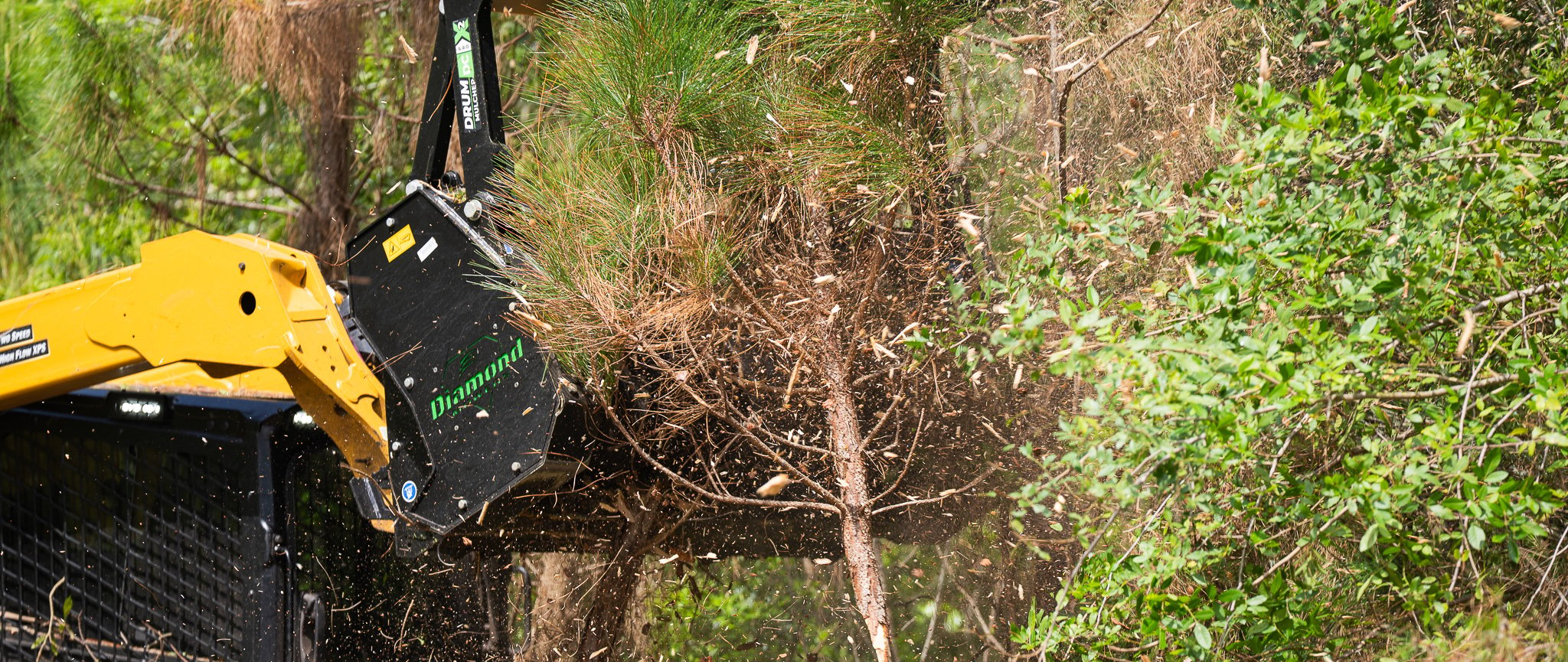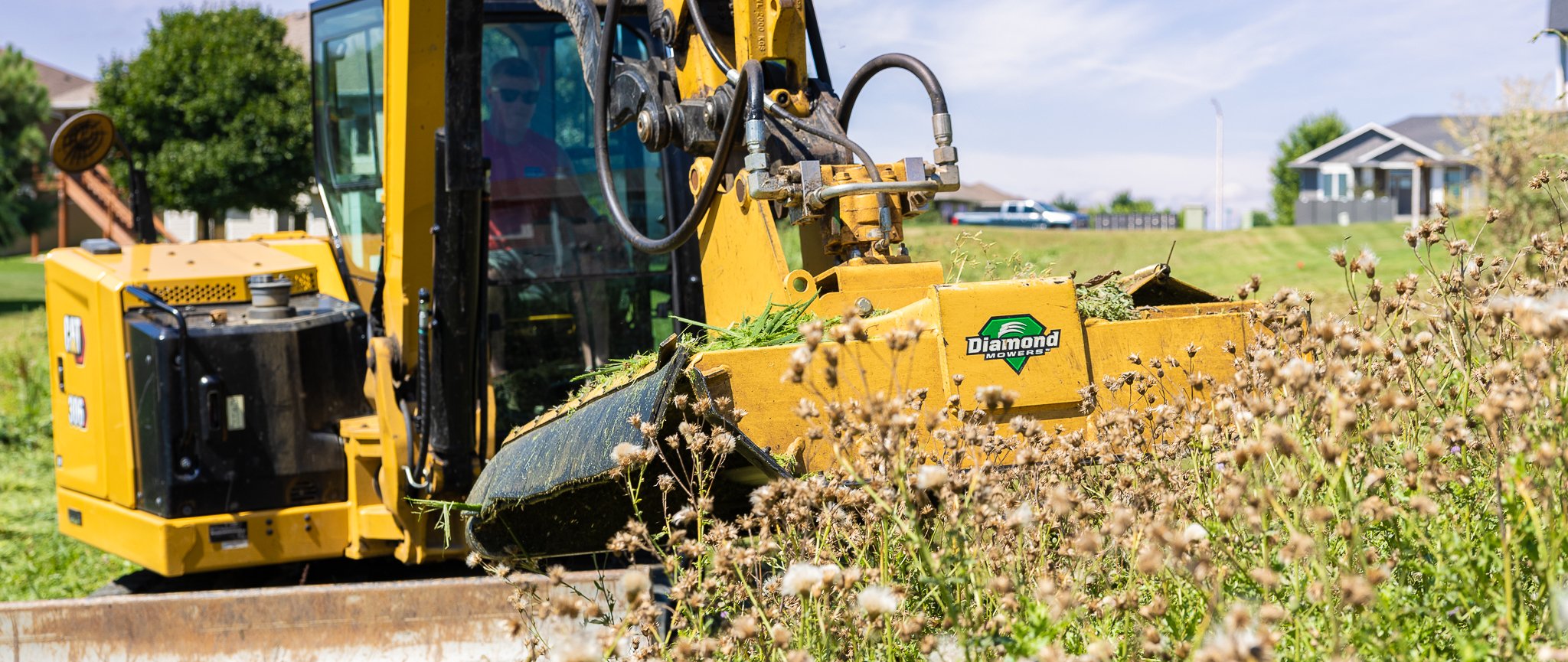Starting Your Safety Program
Dec 27, 2018 . 1 min read


Growing your business - moving from a single owner/operator to multiple units, or adding employees - requires you to have a safety program in place to help protect your workers, and your business, from accidents. To help get your program started, follow OSHA's 10 step plan:
2. Lead by Example
Practice safe behaviors yourself, and make safety a part of the daily conversation with workers.
3. Implement a Reporting System
Develop and communicate a simple procedure for workers to report injuries, illnesses, incidents (including near misses and close calls), hazards, or safety and health concerns without fear of retaliation. Include an option for anonymous reporting.
4. Provide Training
Train workers on how to identify and control hazards in the workplace, as well as report injuries, illnesses, and near misses. Diamond Mowers provides safety information and safe operating procedures in the Operator’s Manual furnished with every piece of equipment. Make sure that these manuals are available for your workers to read and understand.
5. Conduct Inspections
Inspect the workplace with your workers and ask them to identify any activity, piece of equipment, or material that concerns them. Use checklists to help identify problems.
6. Collect Hazard Control Ideas
Ask your workers for their ideas on improvements and follow up. Provide them time during work hours to research solutions.
7. Implement Hazard Controls
Give your workers the autonomy to choose, implement, and evaluate solutions for hazard control.
8. Address Emergencies
Identify possible emergency scenarios and develop a plan on what to do in each case. Discuss these procedures with the entire staff and make copies available for review.
9. Seek Input on Workplace Changes
Before making significant changes to the workplace, equipment, or materials, consult with your employees to identify potential safety or health issues that might result.
10. Make Improvements to the Program
Set aside a regular time to discuss safety and health issues and identify ways to improve the program.
Safety in your day-to-day operations is everyone’s responsibility. Following these steps will help prevent accidents by keeping safe practices top of mind.
For more resources on safety programs and how to get started, visit https://www.osha.gov/safeandsound/.
For more safety tips or information on operation and maintenance, see your operator's manual, or visit us at https://diamondmowers.com.



